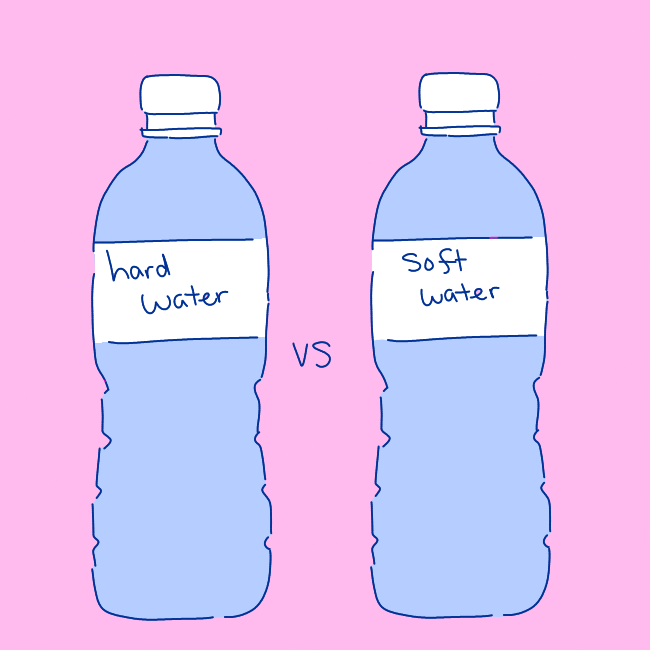According to the United States Census Bureau, newspaper publishers’ revenue dropped by 52% between 2002 and 2020. As more people acquire their information through online sources, legacy print publications around the nation are increasingly looking to expand their online presence and leave behind or substantially decrease their traditional physical print issues.
The Saratoga Falcon is no exception to this trend, according to journalism adviser Michael Tyler.
“The reality is that print publications are becoming legacy publications which cater to older readers,” Tyler said. “It’s pretty rare for people in their teens, 20s and even 30s, to get the print newspaper.”
Looking back on the late ‘90s and early 2000s (he started as the paper’s adviser in 1996), Tyler has noticed a significant decrease in interest for Falcon print issues among students.
“Kids used to be super eager to get the print newspaper, and when they got their copy, they would actually take it with them,” Tyler said. “It was a ritual that pretty much all the students engaged in and what I’ve seen, particularly in the past five years, is just a lack of engagement with the print issue.” Additionally, he said The Falcon used to publish 19 issues per year in the ’90s; these days, the paper prints 9 issues.
As such, The Falcon has been working for the past few years to boost its online content in order to retain reader interest. The Falcon’s current website includes articles that go back to 2008, and every couple of years, editors have added features and design improvements to it.
In addition, editors have placed more emphasis on The Falcon’s weekly Sunday Best email newsletter, which has about 620 subscribed readers.
Tyler believes these online platforms have helped The Falcon make tremendous digital strides in the past five years.
According to senior editors-in-chief Nikhil Mathihalli and Victoria Hu of the fourth-period newspaper staff, to keep up its digital presence, the staff often focus on publishing timely stories for its newsletter.
“Let’s say you’re reporting on a basketball game,” Mathihalli said. “The time it would take for you to report on the story and the time it would take for the story to get published in the actual print edition, which is usually distributed monthly, would render it untimely. So you have to resort to putting it online as soon as possible.”
Similarly, Hu noted that the newspaper is shifting toward having more graphics and photos for its social media and websites. The Falcon currently runs an Instagram account with 863 followers, where social media managers regularly post graphics — viewers can then visit the link in bio to read the corresponding stories, similar to the New York Times.
“Most major media outlets are shifting towards having more digital presence,” she said. “We’re trying to do that too. Last year especially we amped up our Instagram account and tried to put more photos and content on the web.”
Jim Miller, the website designer and manager for The Falcon, has also increased the functionality of the Falcon website by enabling the ability to embed videos and multiple graphics throughout stories, contrary to the previous limitations in which only one graphic was allowed at the top of an article. With these improvements, journalists are able to publish more visual-based stories such as photo essays in addition to regular reporting.
After overseeing these changes in the past several years, Tyler predicts that within the next five years, the newspaper’s content might go completely online. As social media like YouTube and TikTok continue to compete for students’ attention, he has realized the additional difficulties his publication faces in today’s age.
“I think it has just become harder to sell the product of journalism than it was 15 or 20 years ago,” Tyler said. “Journalism is in an imperiled state across the nation, and student journalism is just one part of that picture.”
Even then, he is optimistic that content will simply take different forms when presenting itself to a younger audience. He believes that when the standard for publications markedly changes, The Falcon will only change with it, as it always has.


























